
A new breed of B2B sales representatives are laying kinder foundations and closing more deals. Here’s how they’re creating a top-notch buying experience.
Over the last few years, SaaS companies have collectively pivoted to the concept of “creating value,” which is a shorter but more marketable way of saying “helping our customers.” For sales, part of that pivot has been making revenue a byproduct of their approach rather than its primary objective.
It might sound counterintuitive, but it makes sense if you think about it.
Who are you more likely to buy a pair of shoes from: A pushy salesperson who recommends leather boots even though you live in a hot climate, or a friendly one who asks about your needs and recommends a pair that keeps your feet comfortable and ventilated?
As with selling shoes, there are more and less effective ways to engage in SaaS prospecting. Below, we’ll cover a few of the best tips for SaaS prospecting to help you level up your game.
SaaS prospecting is the process of identifying and connecting with potential customers for your SaaS company and working to turn them into buyers. The goal of SaaS prospecting is more than just closing a sale – it’s beginning relationships with prospects that will hopefully lead to recurring revenue.
The typical SaaS sales process involves finding potential customers, reaching out via cold prospecting techniques, and strategically communicating to qualify and convert those leads.
In SaaS sales, several factors have made old-school techniques unviable:
Fortunately, there’s a simple way around these challenges. A buyer-centric approach to business development puts conversation ahead of pitches, prioritizes support and education over the hard sell, and rewards a willingness to walk away from prospects who might not benefit from what you’re offering.
The Sell to Win Playbook collects 55 of the best expert sales tips we’ve ever published. Download it today!
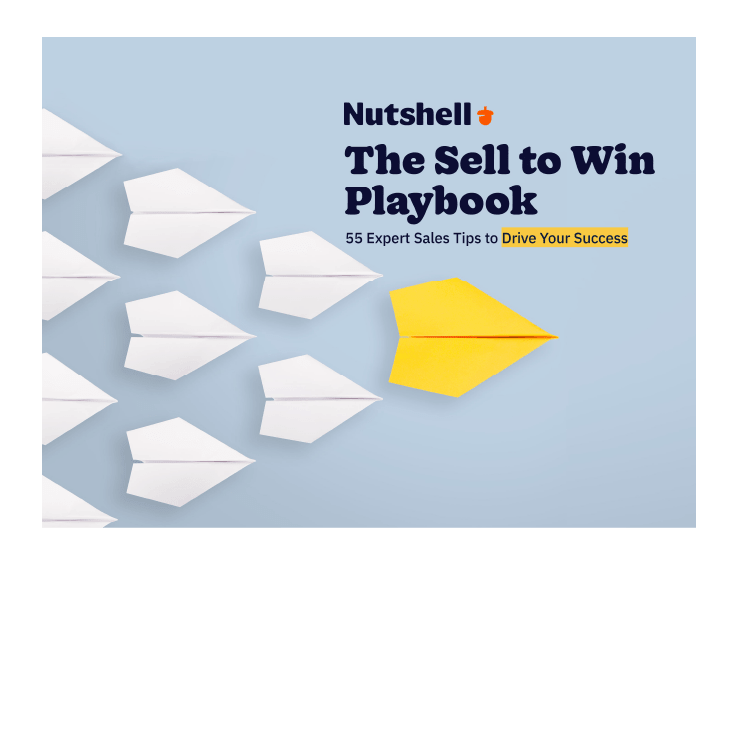
Customers are, and always will be king, queen, and viceroy in any business. Modern sales development reps know that and start by understanding their buyers at a visceral level, such as the psychology behind how they make decisions.
Then they discard dated prospecting tactics such as buying lead lists that probably didn’t consent to their data being sold; bombarding inboxes with dry, impersonal, 12-step sequences; and using language rooted in guilt, aggression, fear, and pressure.
If you really want to book meetings that stand a high chance of closing, try some of these other SaaS prospecting tactics:
Treat every prospect like an individual. Find out what challenges they’re likeliest to be concerned about, and connect the dots between that and what you can offer. No one opened an email because of that {Fname} tag.
Follow this step-by-step outbound campaign template to get on your contacts’ radars before you start dialing.
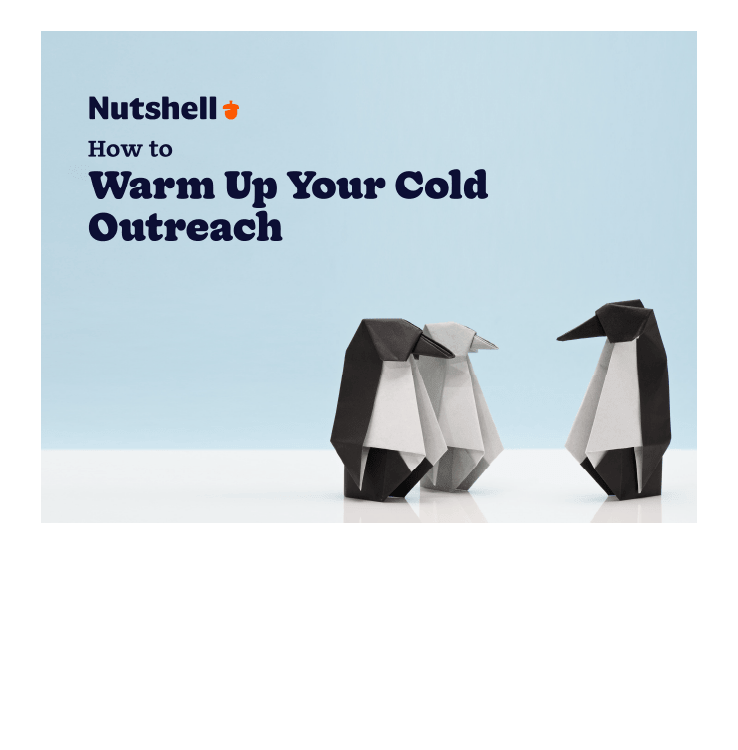
Use these 7 pattern interrupts to surprise prospects. Most B2B and SaaS sales pitches are cold, selfish, and follow a very predictable script. Pattern interrupts change the flow, disarming people and allowing them to feel less defensive.
Winning someone’s attention isn’t easy. Don’t ruin a good result from your first touch by pushing a 30-minute demo. Gauging whether there’s further interest is more likely to keep the conversation open.
B2B (and especially SaaS) sales reps will find that today’s buyers can spot impersonal automation from a mile away. The only solution is to get so good at writing that people have to notice you. According to Will Allred, co-founder of AI email assistant Lavender, a big reason writing is necessary is because sales reps are “being asked to be more and more.”
“They need to be experts in their field; they need to be social media influencers; they need to be prospecting on top of it all. Reps need to be able to take complex ideas (research about prospects, market trends, etc.) and articulate clear logic. Writing is the best practice for honing that skill. Practice putting thoughts down on paper. Do it in public. Do it in private. Do it.”
Understanding your prospect’s priorities and how you can support them is important, but you also need to know your role as part of a larger revenue team. People are complex creatures and rarely make decisions on logic alone, and if they sense that something’s off, it probably won’t matter how great your offer is.
When sales reps and account executives are on the same page, buyers see consistency in what’s being promised, and that makes it easier for your business to both deliver a consistently amazing buying experience and grow revenue.
Great salespeople often talk about the rush of closing a deal where the stars aligned, but not all opportunities are equal. Being willing to walk away from potential deals that don’t serve both you and your prospect takes courage, but it can be incredibly freeing when you no longer see every interaction as simply another opportunity to get closer to your quota.
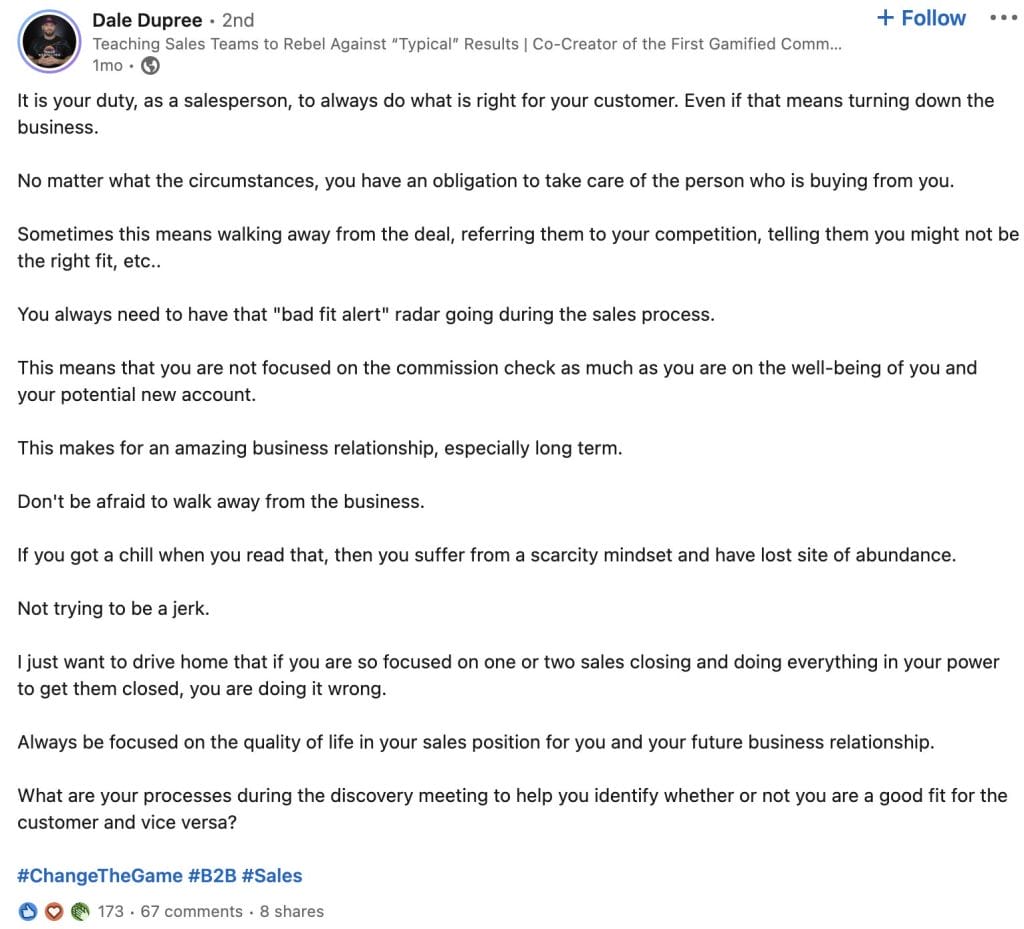
While modern sales reps need to adapt to the current market, there will always be more changes. The ability to mold yourself to suit what buyers of the day want is paramount.
Marianna Atrash from Chili Piper’s sales development team says, “The sales development world is constantly evolving, especially with technology advancements that leave people with smaller attention spans than ever before. We used to get minutes of people’s time and now we’re lucky if we get a full 30 seconds! Modern SaaS prospecting demands that you adapt quickly to any changes, but also be prepared to constantly learn. There is a basic formula to sales, of course, but a person should never stop learning about best or newest practices in their field.”
With so much software being built for every part of the sales process, it’s not uncommon to fall for shiny object syndrome and lose focus of what truly matters: people, product, and the connection between the two. Great sales reps know what to prioritize so that they meet their goals.
According to Saad Khan, a business development manager at Dooly, “There’s a new selling tactic and methodology every day. If you choose to master those, then it’s a race against the clock to burn out. Modern [sales reps] are mastering frameworks—choosing to talk relevance and problem-oriented questions rather than purely focusing on personalization. These problems have business-wide relevance and messaging that can be sent at scale.”
Also check out: 7 more soft skills every salesperson needs to succeed
Need some guidance on perfecting your sales process? Download our 16 Sales Process Templates for B2B Pipelines!
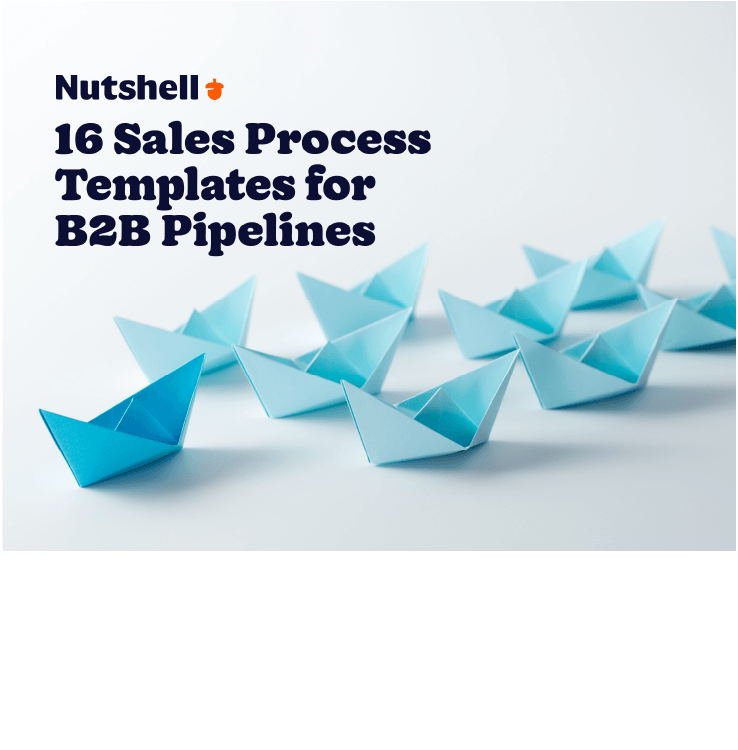
Knowledge and ability are fundamental, but the right sales prospecting tools can reduce the time and effort needed to reach the next level. Here are some tools (mostly) outside the unicorn club that can improve your prospecting and apply your skills at scale.

Nutshell has what you’re looking for.
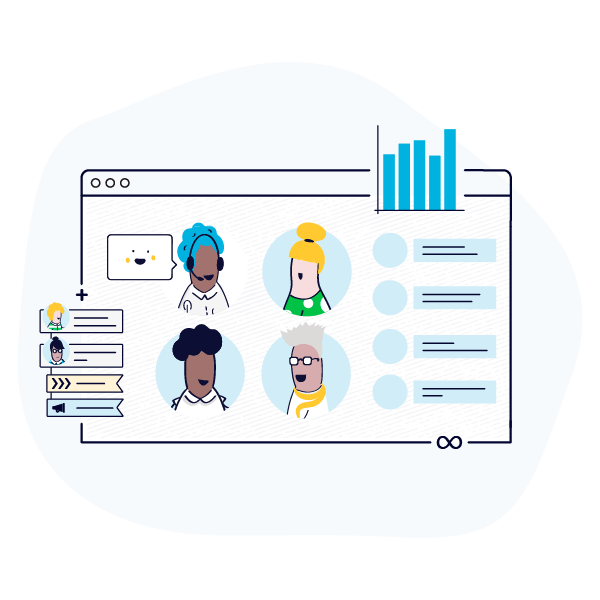
Sales development is a job that never ends, but finding your sweet spot—for the benefit of both your business and your own career—takes time. These last two recommendations are a great place for any sales representative to get started.
First, remember to link up with your account executives, both to make sure your messaging is consistent and to have a plan to contend with the increased volume your new approach is likely to deliver.
Second, be sure to warm up your prospects before contacting them. Put yourself on their radar first to reduce the friction of introducing your product, and go straight to how you can help.
Save yourself the hassle of guesswork and use a winning campaign outline that hundreds of revenue teams have run together. And be safe carrying all those commission checks to the bank.


Join 30,000+ other sales and marketing professionals. Subscribe to our Sell to Win newsletter!
 Email & Calendar Sync
Email & Calendar Sync



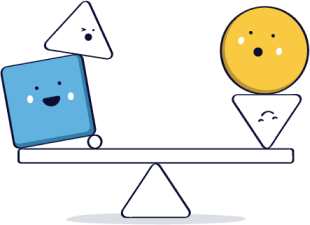
Nutshell is easy to use with enterprise level features and no hidden fees.
See for yourself!